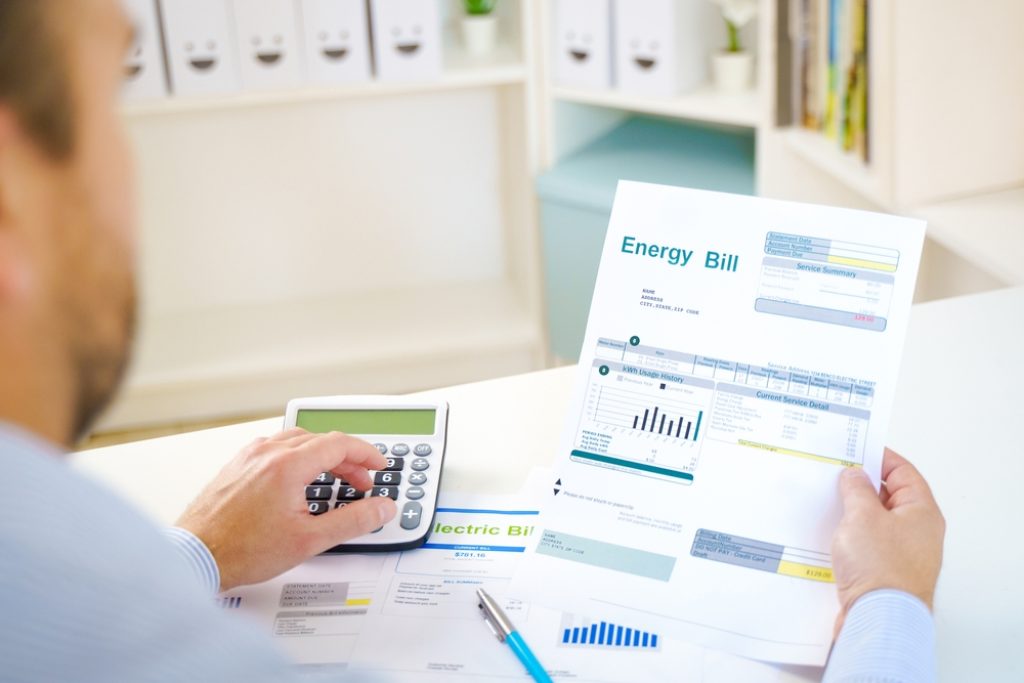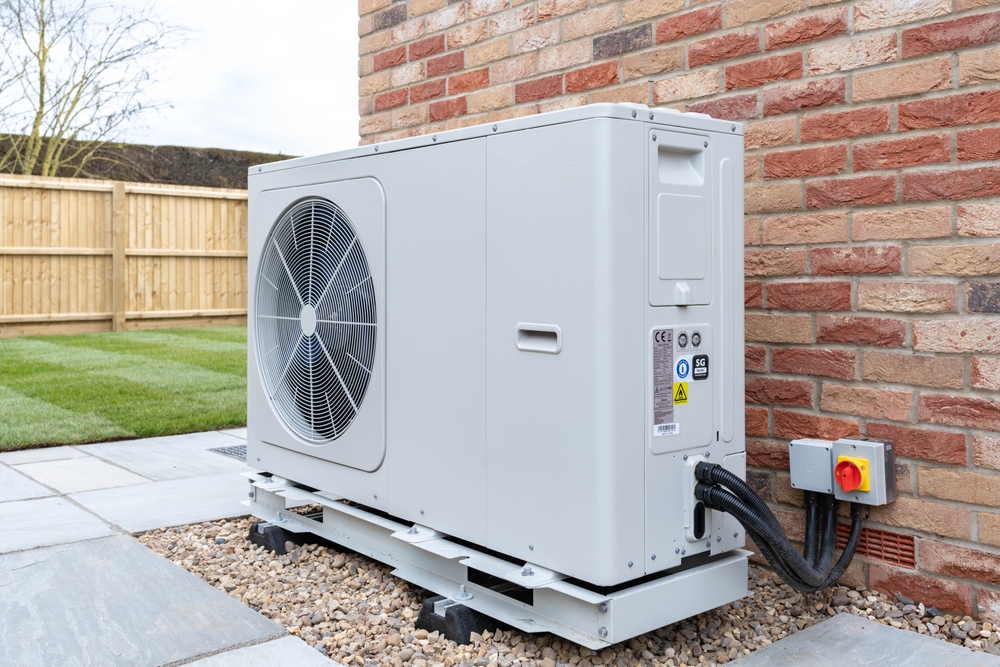Energy bills are set to rise by 5% as the new energy price cap has come into effect for millions of households. The energy price cap limits suppliers on how much they can charge households for the units of gas and electricity they use, and for the typical household will now be £1,928 for a year’s usage.
This is up from the £1,834 level of the energy price cap for the October to December 2023 period.
The current level of the cap is set for the first three months of 2024. Ofgem, the energy regulator which sets the energy price cap, will announce what the price cap will be set at for the April to June period of the year on 23 February.
Why have energy bills increased?
Ofgem sets the energy price cap based on movements in the wholesale markets. In effect, as suppliers have to pay more for the energy we receive, our bills have had to increase.
The regulator said that the increases to wholesale prices are down to “world events, including the conflict in the Middle East”.

Wellness and wellbeing holidays: Travel insurance is essential for your peace of mind
Out of the pandemic lockdowns, there’s a greater emphasis on wellbeing and wellness, with
Sponsored by Post Office
Who is impacted by the increase?
The energy price cap applies to all households on default energy tariffs, also known as standard variable tariffs.
The price cap was introduced as a way of protecting households who do not shop around for new energy price tariffs, and so end up on these default tariffs. The price cap was aimed at limiting how suppliers can profit from these households.
However, the crisis within the energy markets over the last few years has led to a host of suppliers going bust, and the virtual removal of fixed rate tariffs from the market. As a result, most households are now on tariffs covered by the energy price cap.
It’s worth noting that 2023 saw the gradual emergence of new fixed energy tariffs, though these were often limited to existing customers only. In addition, they tended to only offer a marginal saving, if anything, from the energy price cap.
What will happen to energy bills in 2024?
Ultimately the prospects for the price cap will come down to what happens on the energy wholesale markets.
However, it’s always worth keeping an eye on the forecasts published by Cornwall Insight, which tend to offer a good idea of the direction of travel for the price cap.
Its current forecasts are for the energy price cap to drop to £1,660 in the second quarter of the year, to £1,590 in the third quarter, and then close out the year at £1,639.




